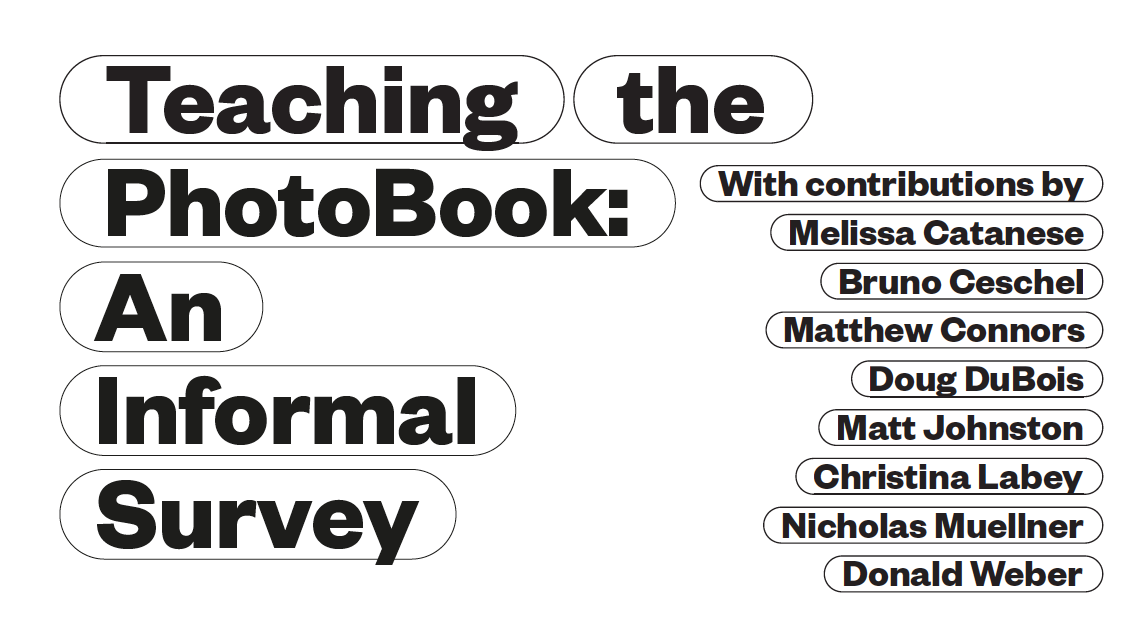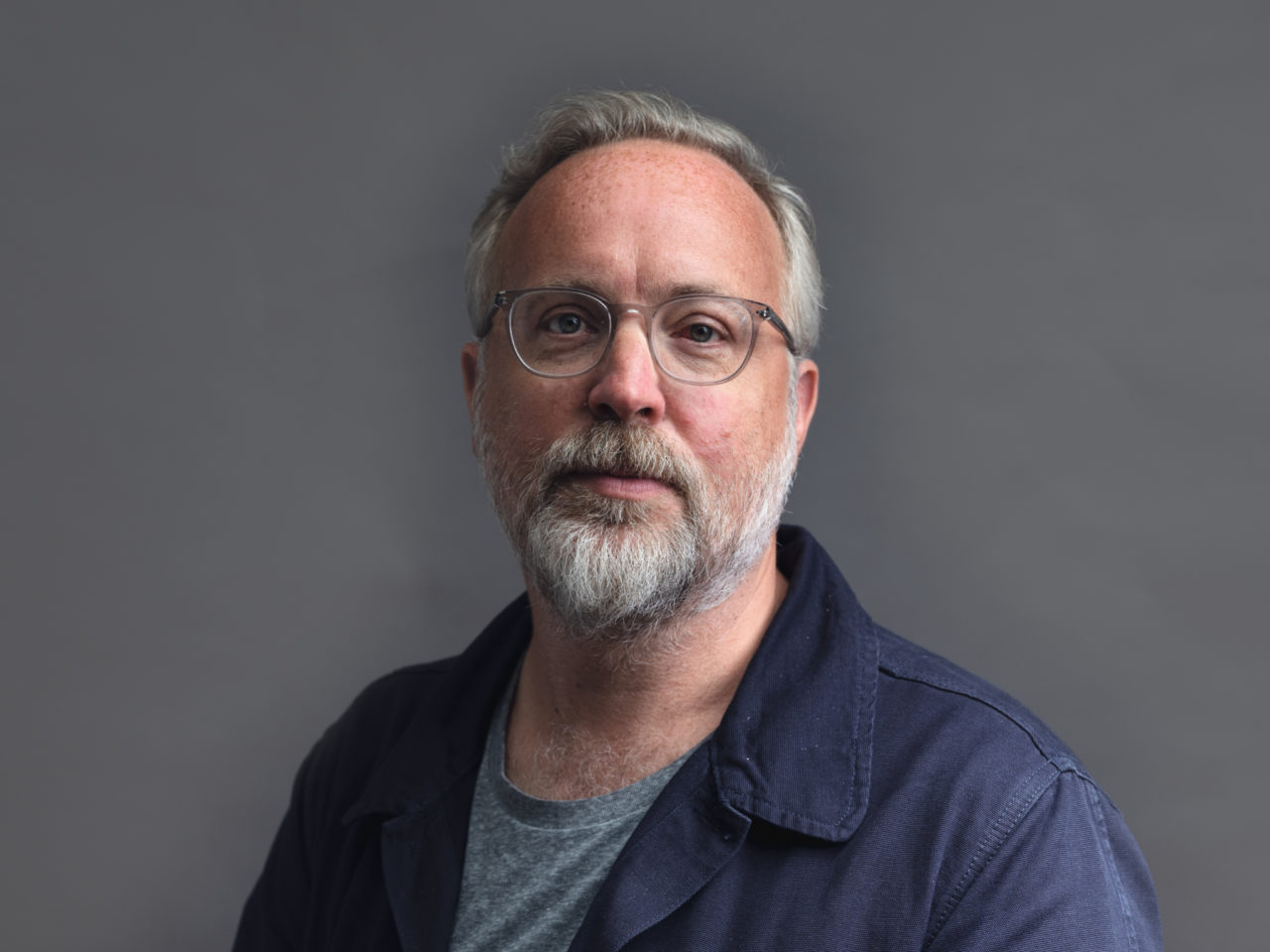Prior to photography, Donald Weber was originally educated as an architect and worked with Rem Koolhaas in Rotterdam, The Netherlands.
Much of Weber’s work is concerned with making visible the technological, spatial, legal and political systems that shape our current condition – the infrastructures of power. For him, the role of photographer is that of ’translator’ or ‘interpreter’— to present information in a convincing, precise, and accessible manner – qualities which are crucial for the pursuit of accountability. Weber’s work mediates between the ‘issue’ and the forum (the audience).
He has been recognized with a Guggenheim Fellowship, the Lange-Taylor Prize, the Duke and Duchess of York Prize, and shortlisted for the Scotiabank Photography Prize, amongst other citations.
He serves on the faculty of the Royal Academy of Art in The Hague, The Netherlands, of which he helped to develop and lead the new Master Photography & Society program. Weber is a PhD candidate in the Centre for Research Architecture at Goldsmiths University, London.
Curious for an impression of the aims and scope of the Master Photography & Society study? Read below some of the contributions by Donald Weber in international print and online publications.

Q: How do you incorporate the photobook into your teaching?
A: I teach a class in the Photography & Society master’s program called Visual Methods. While it is not explicitly about the photobook, we look at mediums of circulation for photography, and the photobook is obviously a critical strategy. We start with the early twentieth century and look at works by the Worker-Photography movement of Germany in the 1920s and early 1930s, the Soviet “Factographers” of the same era, the New York Photo League and the FSA photo collection, and continue on into the 1970s with activist artists/photographers such as Fred Lonidier, Chauncey Hare, Martha Rosler, and Jo Spence. We look at “protest” books and other modes of resistance via printed matter that come from the vernacular, or what we could term “from below,” rather than sanctioned by state institutions. The book (rather loosely interpreted) indeed can and should circulate as a means of offering an alternative to the illusion of a singular, linear program. We look at books as a means of being “operative”—not as a claim of reflecting reality, but of actively transforming reality through the act of photography and circulation. That means bookmaking as an action, a process, an operation. In the second year, students need to activate and circulate their project beyond the sterile confines of the academy and must participate in society. So, through the publication, we ask, “Who is photography for?” rather than, “Is it art?”
Q: Do you focus on the history of the book as a medium; theories around editing, sequencing, etc.; or do you focus on the practice and practical matters of bookmaking?
A: We concentrate on the historical trajectory of the photobook. We are very conscious that photography is a medium that demands attention to the various forms it may take. Beyond simply making pictures, in what ways are pictures enfolded into processes of circulation? We have guests come in to help students work on the elaboration of the final outcome; they also assist students in devising circulation plans and novel distribution ideas, and in thinking through questions of different publics. For us, the photobook is a gesture toward activation. It goes back to our concept of photography functioning operatively.
Q: What photobook-related assignments or classwork have you found useful in your teaching?
A: It’s always a nice exercise to pull apart the book and look at it from all these various perspectives. We conduct mapping exercises into the form and structure of a book, but also into the whole discursive practice of a book that is essentially a strategy of rumination, orchestration, and circulation. One text I regularly assign is Jan van Toorn’s essay “A Passion for the Real.” He is essentially writing about communication as a public practice, and what this means for image making in a neoliberal world order and marketing spectacle. So, not about photobooks explicitly, but absolutely essential reading for any photographer.
In February 2019, our student Gita Cooper-van Ingen conducted a Q&A about Photography & Society with our teachers Adam Broomberg, Oliver Chanarin, Donald Weber and Shailoh Phillips, published in Der Greif.
"We are very fortunate to be situated in this city, as hidden infrastructures of power are everywhere. The Hague materializes the values of democracy and justice, and yet the very economies that promote this ideology are embedded in the ecologies of war. The Peace Palace, International Criminal Court, Europol and various Tribunals are all situated within the city limits. To situate a Master program that is designed to confront power through the un-disciplining of photographic practice, we could not be in a better location. The Hague is governed by – and inhabits – the propaganda of security, internationalization and diplomacy. Here, the European project presents itself, as very fertile soil of exploration for any student who wants to question the conventional norms of art, to participate in a socially engaged and responsive practice, and to challenge and map the infrastructures of power."


